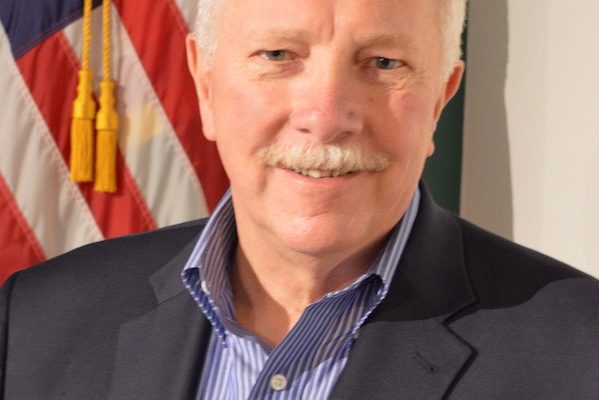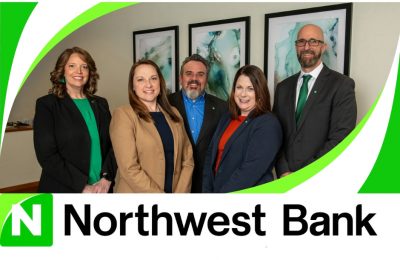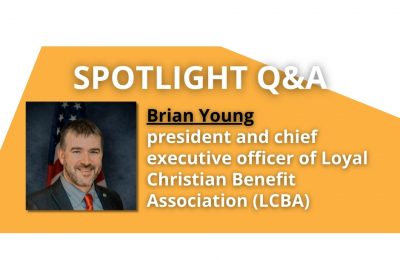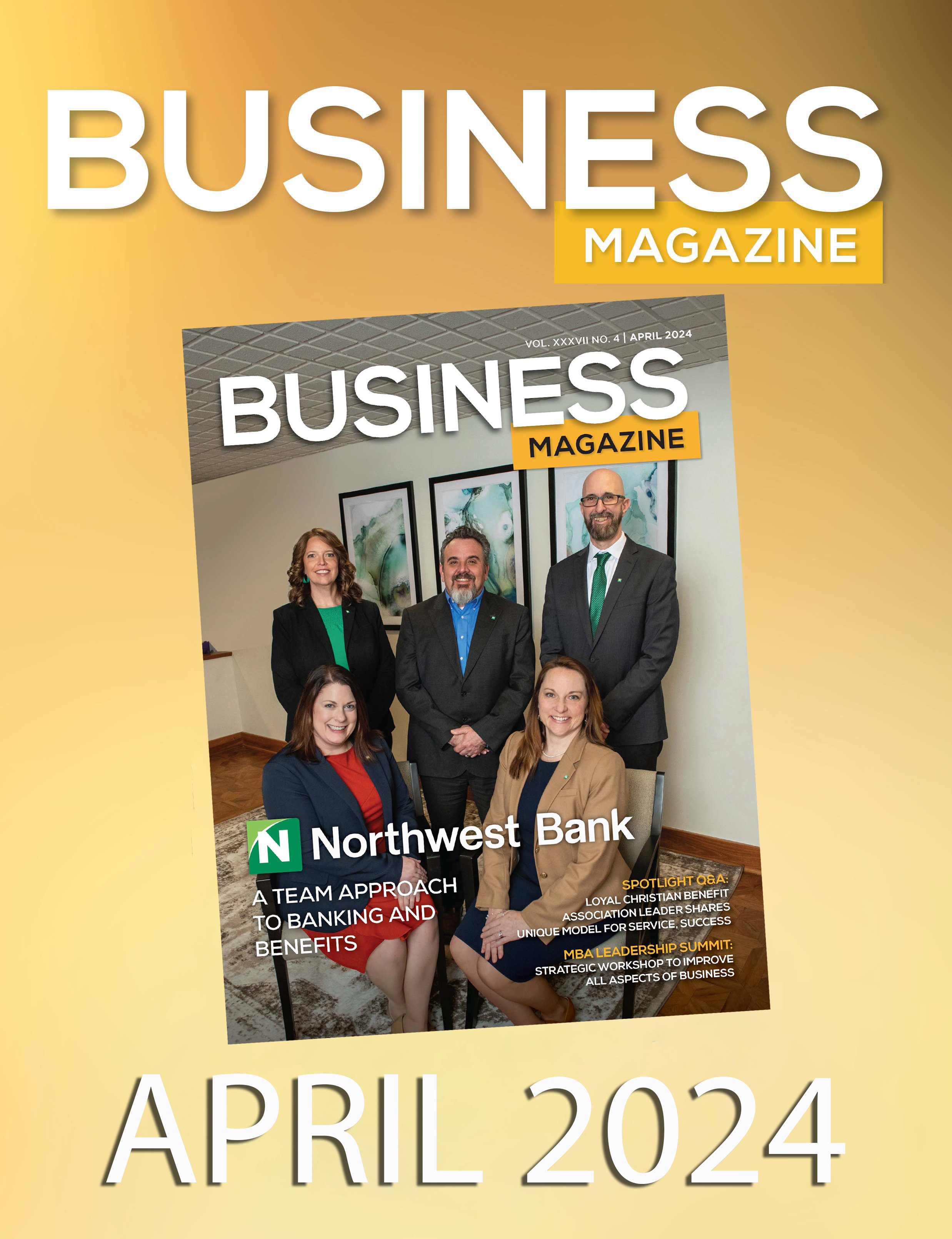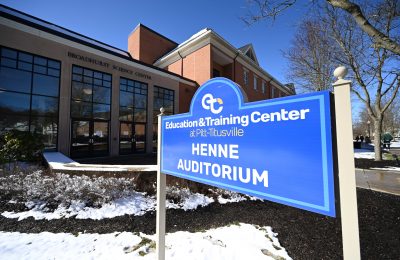When it comes to longevity in business, look no further than your local cemetery. To maintain one involves not only investment, manpower and maintenance, but also eternal commitment. Here, J. Clarke Kuebler, general manager of the Erie Cemetery Association (ECA), discusses the rich history and current operation of ECA, as well as its 170th anniversary in 2020.
The Erie Cemetery Association has been in operation since 1850. How did ECA get its start?
In the late 1840s, a group of Erie businessmen saw that the downtown churchyard cemeteries were full, and cemetery care wasn’t a priority for the churches. The group formed a corporation; each member contributed funds to purchase the land now known as Erie Cemetery. The grounds were consecrated in a multi-faith ceremony in the spring of 1851, shortly before the first interment. In 1932, the Corporators opened Wintergreen Gorge Cemetery as an extension of Erie Cemetery, and in 1970, they purchased Laurel Hill Cemetery.
Our Corporators’ vision is one that still serves us well: we remain not-for-profit, non-sectarian and non-denominational, and serve our entire community.
What does it mean to you for ECA to mark 170 years of operation this year?
170 continuous years of caring for Erie’s deceased and their loved ones is a very proud accomplishment; however, 170 years is just a beginning. The service we provide is for perpetuity. There is a lot of responsibility that comes with “perpetuity,” and we take it very seriously. Every decision we make is guided by the weight of that commitment. Long after each cemetery has completed the last burial service, our job is to continue to care for all the people interred in our cemeteries, from the founding pioneers who settled and built Erie, to the very last person interred.
Tell us about ECA’s operation today, including total employees and the three area cemeteries it includes.
We currently have 24 full-time and temporary employees working at Erie, Laurel Hill and Wintergreen Gorge Cemeteries. Each year, we assist 600 to 700 grieving families care for a loved one who has passed. We complete approximately 300 cremations each year. We manage and maintain 150 acres throughout all four seasons. We remove and replace numerous trees and plant over 1,350 flowers each spring. We maintain a fleet of 13 vehicles and numerous pieces of ground equipment. Finally, we maintain and plow miles of paved roadways.
How has the cemetery business changed since you started?
Like any business, change is inevitable, so too in this profession. We are in the midst of the most significant change right now. The number of individuals choosing cremation is rising, and the needs of the families we serve are changing. We watch the burial trends throughout our region and country very carefully to meet the changing needs. We monitor our costs closely to remain as economical as possible, while still providing beautiful grounds, respectful services to everyone in our community and a responsibility for the financial wellness of the Association. This is requiring greater flexibility on our part and a willingness to change to this new model.
What are some plans for ECA in the future?
Our commitment is to encourage people to Celebrate Life Through Remembrance, which is key to the events we plan for the future.
We’re very excited about the launch of the Friends of the Erie Cemetery, a nonprofit created to fill the gap between what’s possible for us to accomplish within our charter, and projects that will preserve the cemeteries historically and aesthetically.
We are also planning non-traditional cemetery activities such as walking tours, carriage rides, and visits from Audubon and arboretum groups, to encourage an understanding and appreciation of what the cemeteries provide for our community.
Visit www.eriecemeteryassoc.com to learn more.


